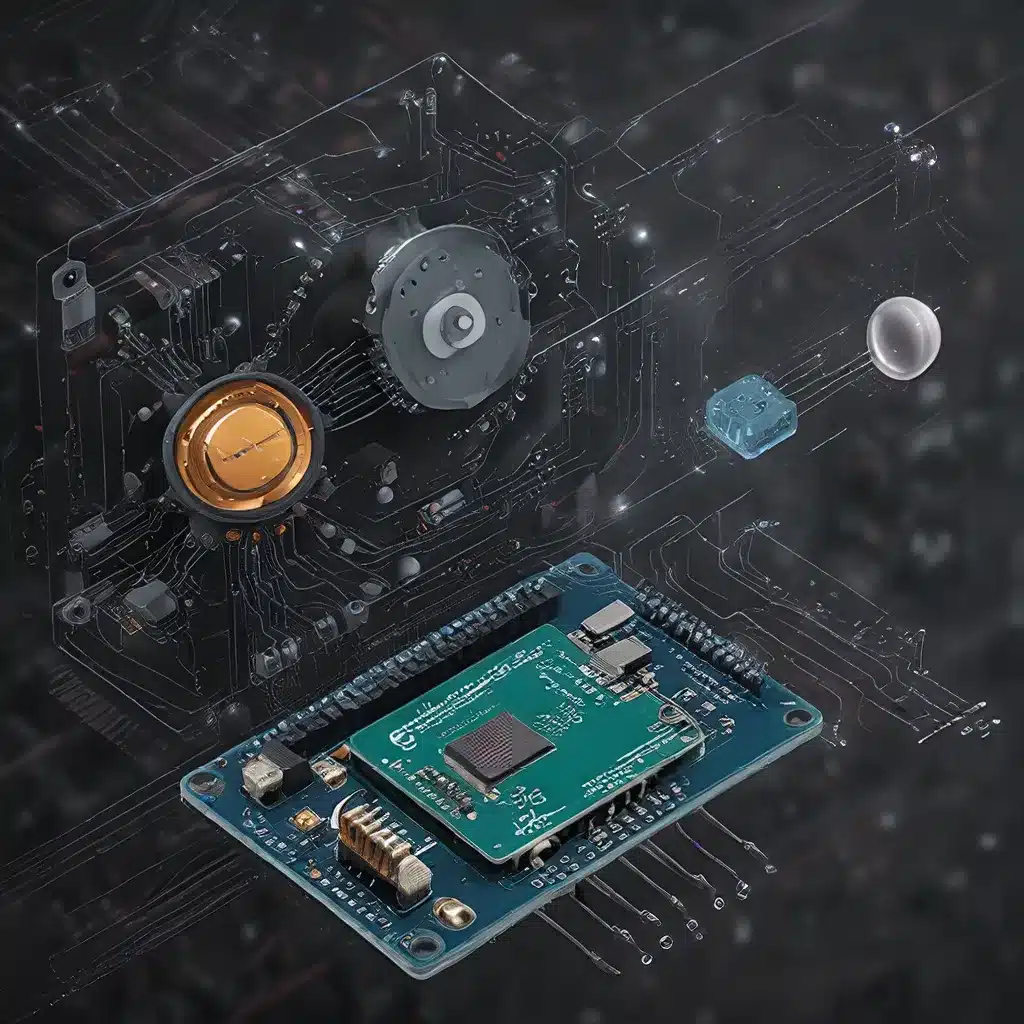
In the rapidly evolving world of the Internet of Things (IoT), sensor networks play a crucial role in enabling real-time data collection, analysis, and decision-making. As IoT applications become increasingly diverse and operate in dynamic environments, the need for adaptive sensor calibration has become paramount. This article explores the importance of adaptive sensor calibration in IoT applications, its impact on security and energy management, and the latest advancements in this field.
The Importance of Adaptive Sensor Calibration
Sensor networks are the backbone of IoT, providing the necessary data inputs for a wide range of applications, from smart cities and industrial automation to environmental monitoring and healthcare. However, these sensors often operate in environments subject to changing conditions, such as temperature fluctuations, humidity variations, or physical disturbances. Failure to calibrate these sensors to adapt to these dynamic conditions can lead to inaccurate data, compromising the reliability and effectiveness of IoT systems.
Adaptive sensor calibration addresses this challenge by enabling sensors to continuously adjust their measurements in response to changing environmental factors. This dynamic approach ensures that the data collected by the sensor network remains accurate and reliable, even as the operating conditions fluctuate. By maintaining high-quality data, IoT applications can make informed decisions, optimize resource allocation, and enhance overall system performance.
Enhancing Security and Energy Management
Adaptive sensor calibration also plays a crucial role in IoT security and energy management. As sensor networks become more ubiquitous, they are increasingly targeted by cyber threats, such as spoofing and sensor tampering. Adaptive calibration techniques can help detect and mitigate these security vulnerabilities by continuously monitoring sensor behavior and identifying anomalies that may indicate malicious activity.
Moreover, the ability to dynamically adjust sensor measurements can lead to improved energy efficiency in IoT systems. By calibrating sensors to operate within optimal performance ranges, the power consumption of the overall network can be reduced, extending the battery life of IoT devices and minimizing the environmental impact of these technologies.
Advances in Adaptive Sensor Calibration
Researchers and industry experts have been actively exploring innovative approaches to adaptive sensor calibration in IoT applications. Some of the latest advancements include:
-
Machine Learning-Based Calibration: Leveraging machine learning algorithms, sensors can autonomously learn and adapt to changing environmental conditions, reducing the need for manual calibration and improving overall responsiveness.
-
Distributed Calibration Protocols: Decentralized calibration algorithms enable individual sensors within a network to coordinate and adjust their measurements, fostering scalable and resilient IoT systems.
-
Sensor Fusion and Redundancy: Combining data from multiple sensors and implementing redundant sensing can enhance the reliability of IoT systems, mitigating the impact of individual sensor failures or calibration issues.
-
Energy-Efficient Calibration Techniques: Innovative power-management strategies and low-power sensor designs are being developed to minimize the energy consumption associated with adaptive calibration, enabling long-lasting and sustainable IoT deployments.
Practical Applications and Future Trends
Adaptive sensor calibration is transforming the landscape of IoT applications, improving the accuracy, reliability, and security of these systems. In smart city initiatives, for example, adaptive street lighting systems can adjust their illumination levels in response to changing environmental conditions, optimizing energy consumption and enhancing public safety.
In the industrial sector, adaptive sensor calibration is critical for predictive maintenance and quality control, ensuring that manufacturing processes operate within tight tolerances and respond to fluctuations in temperature, pressure, or vibration.
As the IoT ecosystem continues to evolve, the demand for adaptive sensor calibration will only increase. Future trends may include the integration of advanced sensor technologies, such as optical or quantum-based sensors, improved data fusion algorithms, and the seamless integration of adaptive calibration into IoT software platforms and cloud-based analytics.
By embracing the power of adaptive sensor calibration, IoT stakeholders can unlock new opportunities, enhance operational efficiency, and contribute to a more sustainable and secure digital future. The sensor networks of tomorrow will be dynamic, responsive, and adaptable, empowering IoT applications to thrive in ever-changing** environments.